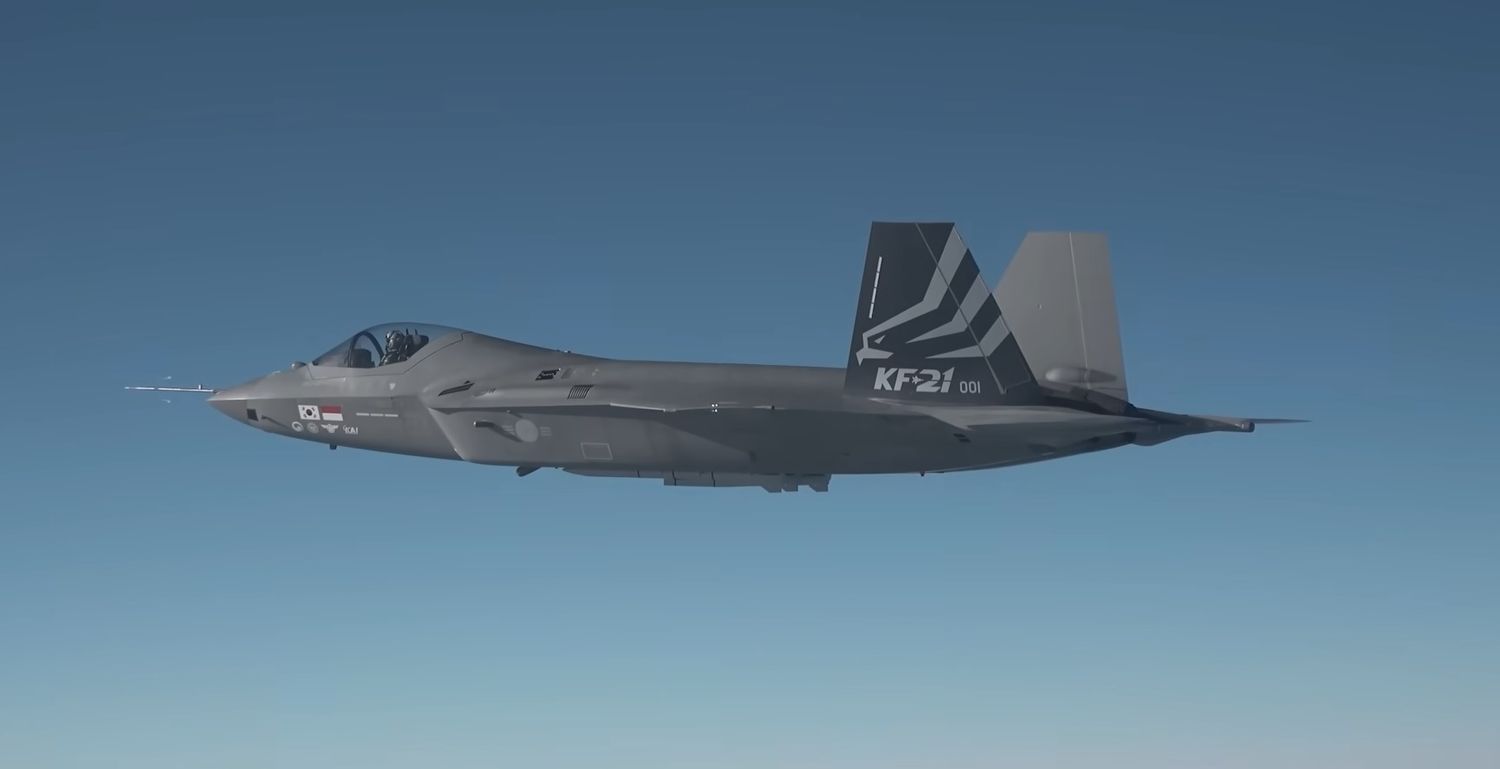The first prototype of the Korean KF-21 Boramae fighter successfully made its first supersonic flight at 15:15 on January 17, 2023.
The Defense Acquisition Program Administration (DAPA) reported the success of the KF-21 prototype No. 1 in breaking the sound barrier during its most recent test flight.
See also: Seoul sees KF-21 as key to deterring North Korea
The successful supersonic flight of the KF-21 has two important implications for the research and development of the Republic of Korea Air Force’s (ROKAF) future fighter aircraft:
- First, the KF-21 was confirmed to have structural stability through the progress of subsonic, transonic and supersonic flight. When an aircraft exceeds Mach 1.0, shock waves are generated in the aircraft, such as in the wings, due to air resistance, and the surrounding airflow is unstable, which can have a significant impact on the structural integrity of the aircraft. The fact that the KF-21 flew normally overcoming shock waves as it traversed the speed of sound shows that the structural stability of the aircraft is maintained at supersonic speeds.
- Secondly, it has the symbolic significance of being the first aircraft designed and developed entirely in South Korea to succeed in breaking the sound barrier. In the past, there was a case where the T-50 (Golden Eagle), an advanced supersonic trainer, exceeded the speed of sound (2003), but the T-50 was developed through technical cooperation with the United States (Lockheed Martin), making the KF-21 the first entirely Korean aircraft to surpass this important milestone.
South Korean Defense Minister Lee Jong-Seop said, «Thanks to the dedication and hard work of countless people, we were finally able to accomplish the historic achievement of having the first supersonic aircraft developed with domestic technology. I express my sincere thanks to all the people who have worked so hard, including the development team and test flight pilots belonging to (KAI).»
Throughout the more than 80 test flights conducted to date, the KF-21 Boramae program prototypes gradually increased their flight altitude and speed to verify the aircraft’s structural stability and design solutions.


Comentarios
Para comentar, debés estar registrado
Por favor, iniciá sesión